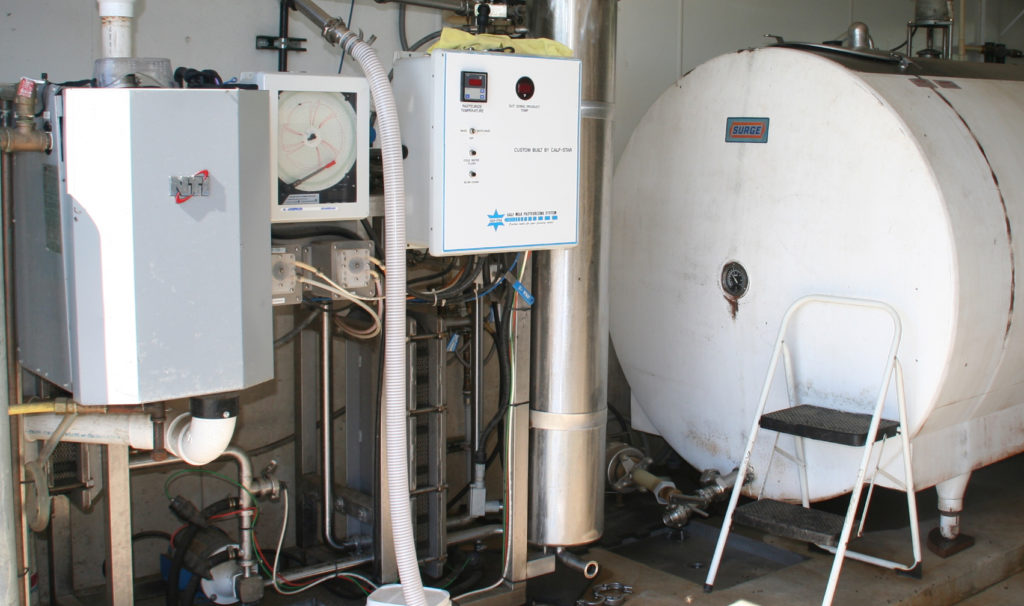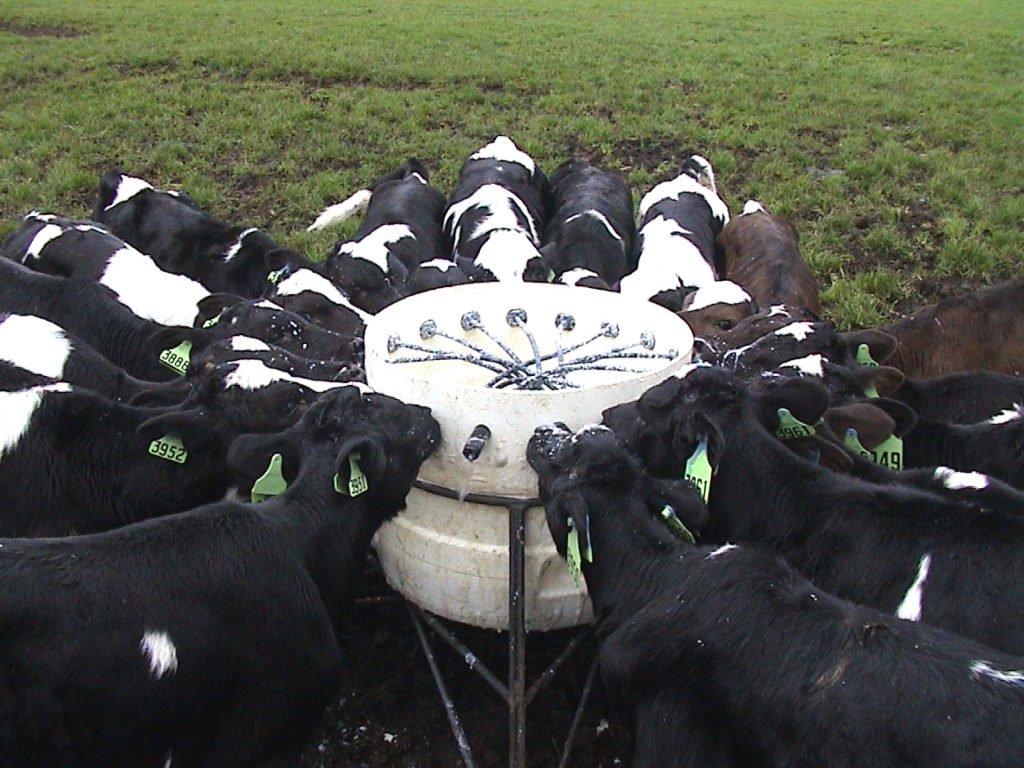Research Article
K. Fechner and colleagues from the Department of Animal Sciences, Faculty of Agricultural Sciences, University of Göttingen reported about on-farm HTST (high-temp. short-time) pasteurizer’s ability to kill MAP in the December 2019 issue of the Journal of Dairy Science. [not Open Access]

Abstract
Feeding pasteurized milk to suckling calves is a popular practice used increasingly on dairy farms. Waste milk is frequently fed to calves because of its high nutritional value and economic benefits compared to milk replacement products. However, one of the disadvantages of feeding waste milk is the potential for exposure to a high number of bacterial contaminants, which may lead to serious illnesses or infections in calves. One of these contaminants is Mycobacterium avium ssp. paratuberculosis (MAP), the causative agent of Johne’s disease (paratuberculosis). The transmission and distribution of paratuberculosis in dairy herds occurs mostly through the feeding newborn calves with contaminated colostrum or milk, because this age group is believed to be most susceptible to infection. To reduce the risk of transmission of pathogens, on-farm pasteurization of milk has become increasingly popular.
In this study, we analyzed the efficacy of a new commercial high-temperature, short-time pasteurizer (73.5°C for 20 to 25 s) in terms of MAP inactivation under experimental on-farm conditions. The pasteurizer uses a newly developed steam-heating technique, allowing for the pasteurization of the transition milk without clumping. In 3 independent trials, we spiked fresh raw milk samples to a level of 107 or 104 viable MAP cells/mL before pasteurization. We examined the thermal inactivation and viability of MAP using culture and a D29 bacteriophage-based assay. To verify the identity and number of MAP cells, we also performed PCR assays.
Pasteurization of the inoculated milk (107 and 104 MAP cells/mL) resulted in a remarkable reduction in viable MAP cells. The mean inactivation rate of MAP ranged from 0.82 to 2.65 log10 plaque-forming units/mL, depending on the initial MAP amount inoculated and the addition of conservative agents to the pasteurized milk. Nevertheless, approximately 103 MAP cells/mL remained viable and could be transferred to calves after high-temperature, short-time pasteurization of milk.

Comment: Yet again, research has shown that HTST pasteurization [minimum: 161F (72C) x 15 sec] fails to reliably kill 100% of MAP bacteria. And, this study used a slightly higher temperature and longer time [73.5°C for 20 to 25 s]. Achieving 100% kill of MAP by pasteurization is primarily a function of temperature AND time AND the number of MAP in the raw milk.
Recent research by P. Steuer and colleagues in Chile reported finding up to 106 MAP/mL raw milk on Chilean dairy farms with ELISA-positive animals (see P. Steur et al., Is the transmission of Mycobacterium avium subspecies paratuberculosis (MAP) infection through milk intended to feed calves an overlooked item in paratuberculosis control programs?, Tropical Animal Health and Production (vol 52 issue 1, pp 89-94, January 2020).
Many explanations for the heat-resistance of MAP have been suggested, e.g. formation of clusters of bacterial cells (up to 100) hindering heat penetration, location inside host cells (protected), and perhaps most importantly the ability to form tenacious spore-like structures. For more on spore formation see Lamont et al. PLOS ONE, January 24, 2012.)